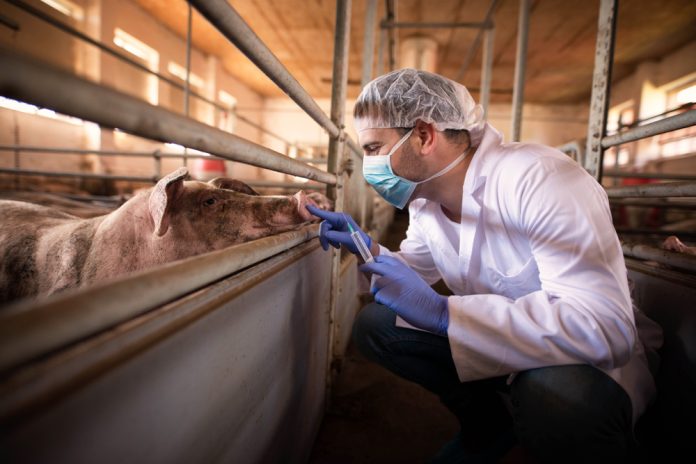Dr Nataliya Roth, Science Advocacy and Global Trials Manager at dsm-firmenich Animal Nutrition and Health, discusses the urgent need to tackle antimicrobial resistance in the livestock sector.
Antimicrobial Resistance (AMR) might have the potential to impact everything from sustainable farming practices to human health and our global economy.
AMR happens when bacteria adapt and become resistant to drugs meant to treat them. To tackle AMR in the livestock sector, we must explore alternative approaches to maintain animal health while reducing antibiotic use.
Livestock sector AMR landscape
The demand for animal protein is projected to increase by 70% by 2050.
The livestock sector has made significant strides in adopting innovative technology to reduce the use of antimicrobials in recent years.
There is, of course, opportunity to do more. Current levels of AMR are leading to harder-to-treat resistant infections requiring alternative and often more expensive treatments, compromising animal welfare and increasing costs for farmers.
Alongside animal welfare issues, AMR can have a significant impact on a producer’s ‘bottom line.’ In middle-income countries, AMR could cause up to an 11% decline in production, leading to substantial financial losses threatening both food security and economic stability.
The consequences of AMR extend beyond the farm gate, with the effects being felt on both food security and economic impact. If left unaddressed, the economic damage of AMR is projected to exceed $100 trillion globally by 2050.
The urgency of this problem calls for the livestock sector to rapidly adopt alternate strategies to reduce its reliance on antimicrobials.
Innovative solutions
The good news is that there is an enormous opportunity for the livestock sector to take significant steps to address these challenges.
Precision livestock farming services, such as Verax™, have a leading role to play by providing data-driven optimisation of nutrition to improve animal health, performance, and environmental footprint in real-time, enabling the targeted use of antimicrobials and minimising the development of resistance.
Improving biosecurity through stricter hygiene practices, quarantine protocols, and disease monitoring can help prevent outbreaks and the need for mass antibiotic treatments. Enhancing animal nutrition, breeding, and vaccination programmes can also bolster the overall health and resilience of livestock and lessen the requirement for antimicrobial interventions.
One particularly promising solution lies in the use of eubiotics – a category comprising probiotics, prebiotics, precision biotics, phytogenics, and organic acids.
These natural alternatives can maintain and improve animal health without the negative side effects of antibiotics.
A sustainable path forward
By implementing these measures, the livestock sector can maintain animal health and productivity while significantly reducing the reliance on antibiotics. The reduction in the prevalence of AMR is not only imperative for public health but also for the long-term economic and environmental sustainability of farming.
Left unchecked, the continued overuse of antimicrobials in livestock production could have catastrophic consequences, disrupting food security, international trade, and the livelihoods of farmers worldwide. Concerted efforts to optimise antimicrobial control in agriculture are critical to safeguarding the future of sustainable food production.









